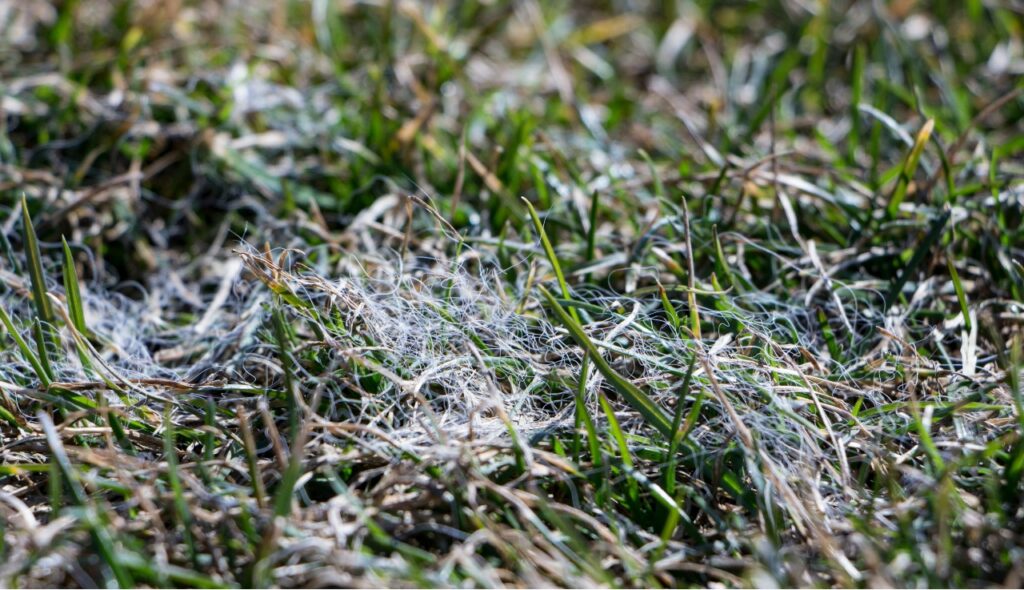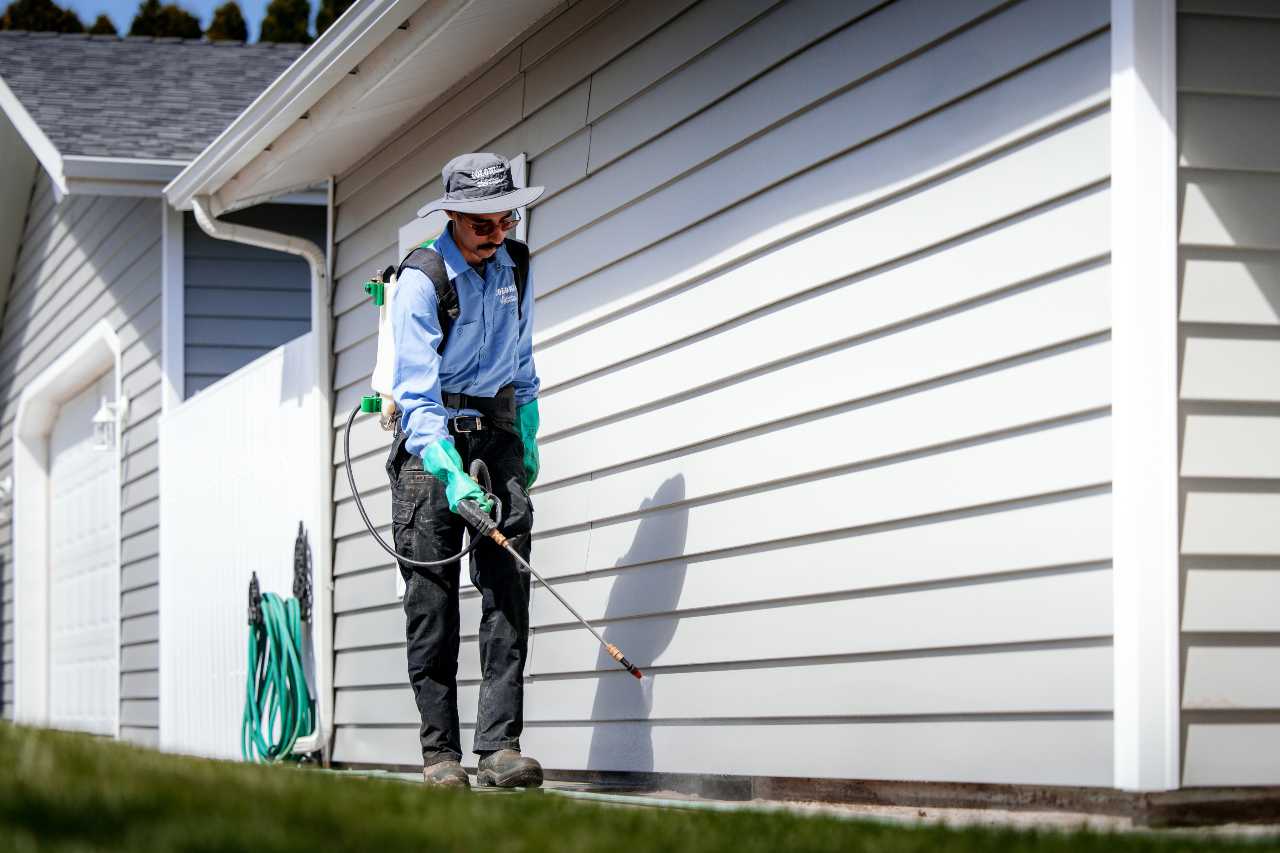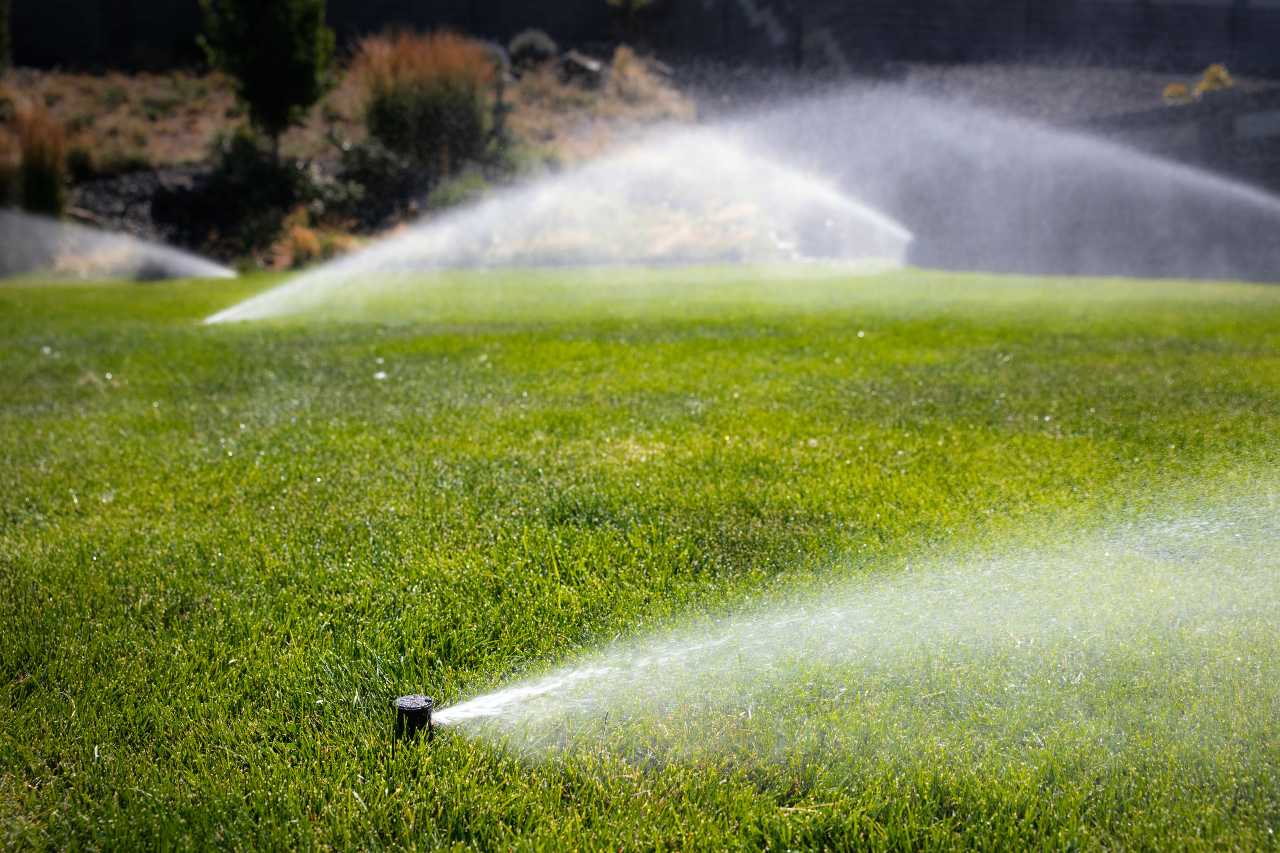The winter season can harshly affect our environment, from the tips of the trees to a single blade of grass. If you pride yourself on having a beautiful lawn, the winter can be a trying time for a homeowner. Fortunately, there are methods to help your yard stay safe throughout the winter and ready to be lush once spring rolls around again. Keep reading to learn how winter will affect your lawn and how you can adequately care for it throughout the winter.
The Effects that Winter Has on your Lawn and Soil
Once temperatures drop below 40° F, most grass species will stop growing until spring. While it may appear like your brown grass is dead, it has actually gone dormant so to conserve water and nutrients. Of course, it is possible that some of your grass will die off during the long winter months, but most lawns can withstand the winter season just fine. The most common thing homeowners see is desiccation, when extreme cold (even when covered in frost, ice, and snow) doesn’t allow your grass to get enough moisture, forcing some of your grass to die, but not all.
Another issue homeowners face when confronted with long periods of thick snow is snow mold. Snow mold is a lawn disease caused by a fungus that looks like snow, but it infects the grass as the actual snow melts. Its prime time to wreak havoc is between 32° and 45° F; while it is nearly impossible to stop after it has started growing, there are methods to prevent snow mold.

How Should I Care for My Winter Lawn?
While many homeowners may think winter is the season to do nothing for one’s lawn, that is incorrect. While you won’t need to mow the lawn, there are a few critical steps to take to ensure a healthy and vibrant lawn come springtime.
Aerate the Lawn by Clearing Debris
Prior to the first snow, you will want to clear your lawn of debris since excess debris can suffocate your lawn or invite disease. We recommend removing your yard of leaves, pine needles, and any grass clippings. However, if your winter lawn debris isn’t too thick or wet, you can actually mulch it with a mower so to recycle the nutrients back into the earth. Just keep in mind that all the debris must be chopped into dime-sized or smaller pieces for this to be effective.
After the lawn is clear, you may want to aerate it. Aerating a yard before the winter season allows it to breathe, eases compaction, and makes room for fertilization.

Fertilize & Seed the Lawn
Fertilizing your winter lawn is like when a bear fills its belly before hibernation. Even though your grass won’t grow much throughout the winter, fertilizer will supply your grass’s roots with enough nutrients to keep it alive during the winter and give it something to tap into once spring arrives.
Depending on where you are located, your lawn may benefit from dormant seeding. Dormant seeding is when homeowners seed their lawns in late fall or early winter. It is typically done in areas of the grounds where there are bare spots or thin grass as a way to create lush grass come spring. While the seeds won’t sprout until warmer weather hits, they lie waiting and ready to grow.
It is crucial to keep in the one main caveat to dormant seeding; it may not work. Those solo sunny and warm days that shock us all in the middle of winter can be the killer. If the ground temperature warms to a suitable temperature in the mid-50s, it could trick your winter lawn into thinking it is spring. Then, if temperatures suddenly drop again, the new seedlings could die off.
If you decide to proceed with dormant seeding, we recommend researching the right type of seed to utilize for your specific environment. You can contact your local county extension, check the U.S. Department of Agriculture Plant Hardiness Zone Map, or hire a local lawn care company.
Prevent Excess Traffic on the Lawn
Once the first frost hits, you will want to limit the amount of traffic on your lawn. When your grass freezes and someone walks or drives onto it, it can break off the blades of the grass. While a thick layer of snow will protect your lawn more so you can play in it, frost is where we suggest homeowners be wary. While it won’t leave a trail of dead footprints across your lawn, it can leave it looking a little patchy or uneven come spring.
Treat Ice with Environmentally Friendly Products
We understand that you want to keep your property safe for your family, friends, and visitors, which often means using snow-melting techniques to prevent people from slipping. However, salt and harsh deicers can quickly kill off one’s beautiful winter lawn. Therefore, we advise only using plant-friendly, environmentally safe products when prepping your sidewalks and paths during the winter.
Be Prepared for Spring

As a homeowner, one of the best things you can do to ensure a lush lawn come spring is to secure a spot with a local lawn care company during the winter. Winter is the prime time to reach out to local lawn care companies, as they are already planning for spring. You want to ensure that you have a lawn care specialist scheduled to start as soon as the temperature rises in the spring to get your winter lawn transitioned into a warm weather lawn.
Colonial Lawn & Garden – Eastern Washington Lawn Care
Colonial Lawn & Garden has been providing the Tri-Cities, Yakima, and surrounding areas with world-class lawn-care services since 1985. Whether you need residential or commercial lawn care maintenance, tree & shrub care, perimeter pest control, or a host of other lawn services, we have got you covered. Request a lawn care treatment specialist to take care of your lawn during the warmer seasons today.





